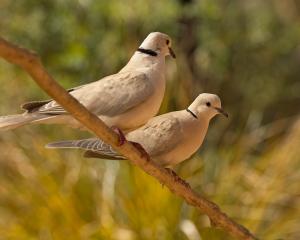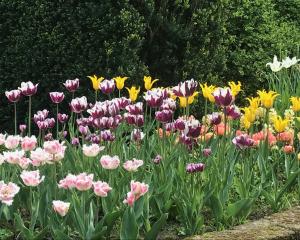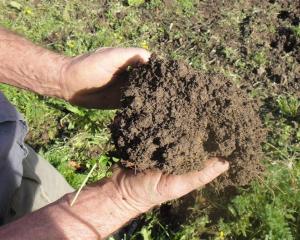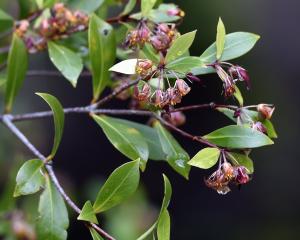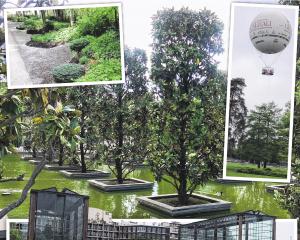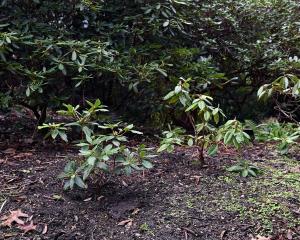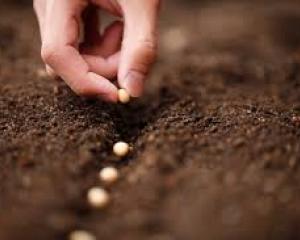Vegetables
Potatoes are an easy-to-grow staple vegetable, and southern gardeners have the advantage of many varieties available from garden centres.
Select medium-sized tubers 6cm or 7cm long and 4cm or 5cm wide is right for most varieties, but smaller potatoes will still give reasonable crops.
Place them on newspaper in shallow trays, or old drawers, in a light, frost-free place to sprout. If you want to grow only a few, or try a new variety, some garden centres sell individual seed potatoes. Small quantities can be sprouted in egg cartons or trays, which can be labelled with a felt pen.
Sprouting tubers break into growth and form roots soon after planting, hurrying maturing time for early crops of, for example, Jersey Benne or Maris Anchor. Main-crop potatoes do not need to be sprouted in this way, although they are best kept in the light, rather than in sacks or boxes, where excessive sprouting might reduce their vitality.
Prepare soil for early plantings in August by adding plenty of compost, but no lime, to an area of garden facing north or northeast. Ideally, it will be sheltered along the western side by a hedge, fence or artificial windbreak.
Compost heaps and topless bins need to be protected from heavy winter rains. Heavy plastic fertiliser bags are ideal, as they help keep the bin warm; or sheets of corrugated iron are satisfactory. Compost heaps take longer to rot down at this time of the year and should be turned over regularly. A rotating barrel composter makes this easy.
If fowl manure is available, its strong nitrogen content will speed up the decomposition process when added to the compost bin .
Carrots and beetroot can be lifted and stored in a corner of the garden. Cover thickly with loose soil or sawdust and they will be easy to dig when the soil freezes.
Parsnips and swedes, whose flavours improve after frosts, can be treated in this way but are better left in the ground.
Green manure crops that have reached 15cm or higher should be dug in now, so the ground can be used for sowing early crops in August or September. Left too long, the raw material will not have decomposed sufficiently for seeds to germinate. The most active soil micro-organisms are in the top 15cm, so for rapid decomposition, chop the green crops with a spade and turn under the surface only. Adding garden lime at the same time will aid the process and keep the soil sweet and easier to work later. Leave the soil surface as rough as possible for frosts and weather to break it up into better condition.
Flowers
Trees, shrubs and herbaceous plants can be propagated by root cuttings taken over the next month. Use only the roots of healthy plants. The best ones to use for trees and shrubs are the vigorous, outward-growing pieces away from the main taproots. Choose roots a little thicker than a lead pencil, with a few fibrous rootlets attached. Cut them into 10cm to 15cm lengths and place firmly into prepared trenches.
Place some sand on the bottom of the trench, and cover with friable soil. For herbaceous plants, use thicker, fleshy roots. Avoid accidentally planting them upside down by cutting the crowns or upper parts straight across and the basal ends with a slant.
Wood ash is a good top dressing for many trees and shrubs and on herbaceous borders. Its strong alkaline properties can kill acid-loving plants, however, so keep it off rhododendrons, azaleas, camellias, heaths, lilies and magnolias, which should be mulched with leaf mould and peat.
Fruit
Given the correct treatment, raspberries can be relied on to give good crops for many years but the plants (canes) need feeding up annually to keep up production.
Red raspberries (Rubus idaeus) are thought to have been grown commercially in the South Island since 1890.
Raspberries are available now, and as well as red-fruited varieties such as Aspiring and Waiau, there are yellow forms (Manna Yellow and Ivory) and a black spineless raspberry marketed as Ebony.
After bearing fruit, the canes die in autumn. They should be cut off close to the ground, and the strongest new growth encouraged by mulching with manure or compost. Do not dig in the compost, as raspberries are shallow-rooted.
Brambles, blackberries, boysenberries, loganberries and tayberries can also be planted now.
Like raspberries, brambles give better crops if grown in moist soil to which plenty of manure or compost has been added.


